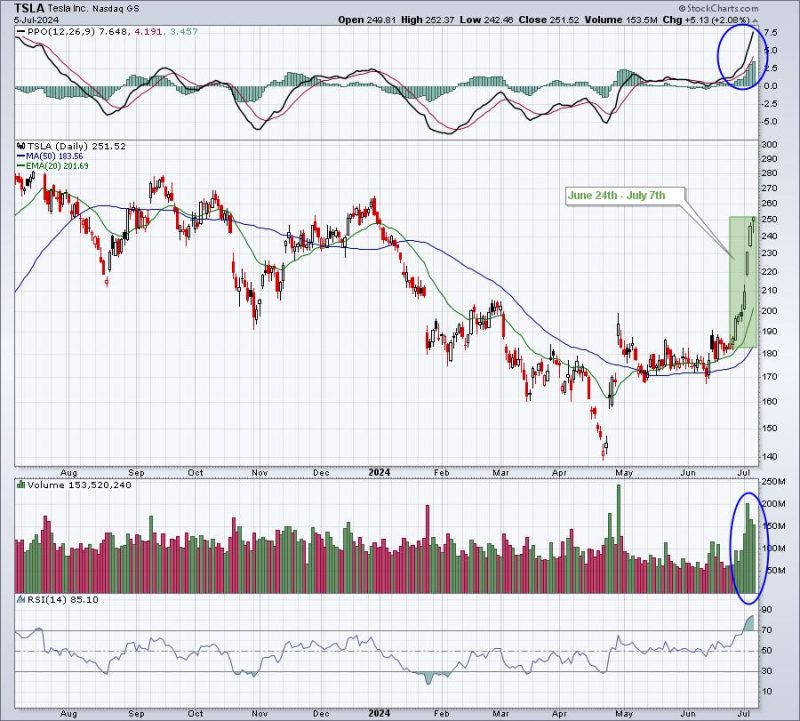The stock market is often seen as an enigmatic playground where fortunes can be made or lost in the blink of an eye. One strategy that can help investors gain an edge in this turbulent environment is to pay close attention to pre-earnings moves. By analyzing historical data, investors can uncover patterns and trends that may provide invaluable insights into a company’s upcoming performance.
One key aspect to consider when examining pre-earnings moves is how a stock typically behaves in the days leading up to an earnings announcement. Historical data shows that stocks tend to exhibit increased volatility during this period, as investors grapple with uncertainty and attempt to position themselves for potential gains or losses.
Moreover, studies have shown that stocks often experience a rally in the days leading up to an earnings announcement, only to reverse course following the actual release of earnings. This phenomenon, known as a “buy the rumors, sell the news” pattern, underscores the importance of timing and strategic decision-making.
In addition to analyzing stock price movements, investors can also benefit from studying analysts’ forecasts and consensus estimates leading up to an earnings announcement. By comparing these projections with actual earnings results, investors can gauge the accuracy and reliability of analysts’ predictions, which in turn can inform their own investment decisions.
Furthermore, pre-earnings moves can also shed light on market sentiment and investor perception of a company’s prospects. Positive pre-earnings moves may indicate optimism and confidence in a company’s ability to deliver strong earnings, while negative moves may suggest skepticism or concern about its performance.
Ultimately, pre-earnings moves are a valuable tool for investors looking to navigate the complex and unpredictable world of the stock market. By leveraging historical data, analyzing trends, and staying attuned to market sentiment, investors can position themselves to make informed decisions and potentially capitalize on opportunities that arise during earnings season.

